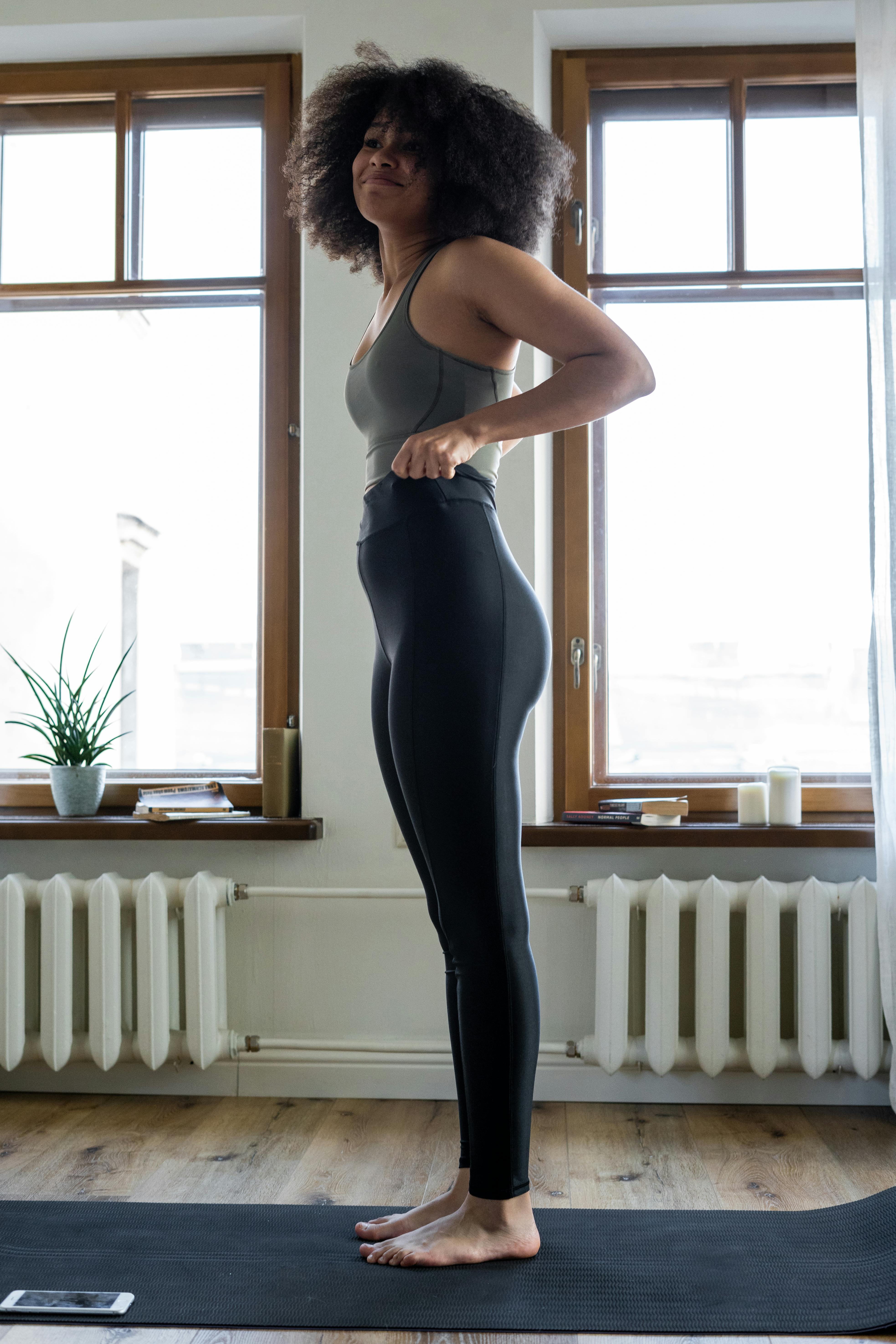Home Workouts for Beginners: The Complete 2025 Guide
Starting a fitness journey from home has never been more accessible. With modern routines, minimal equipment, and the right guidance, home workouts for beginners can be both effective and sustainable. In this guide, you’ll learn foundational principles, step-by-step instructions, and expert tips to kickstart your at-home fitness routine and see real results.

Understanding the Fundamentals
Before diving into daily squats or push-ups, it’s vital to understand what makes home workouts for beginners unique. Home fitness emphasizes simplicity, safety, and sustainability—key traits that help maintain consistency in the long run.
Historically, physical fitness was linked to gym memberships and heavy equipment. However, the rise of bodyweight training and online resources has proven that anyone can get in shape from their living room. Understanding these fundamentals ensures your workout routine is built on a solid foundation.
1.1 Simplicity Over Complexity
Beginner-friendly workouts prioritize functional movements like squats, lunges, and planks. These exercises mimic everyday activities and are easy to learn, making them ideal for those new to fitness. According to a 2023 study by the American Council on Exercise, consistency is the most important predictor of fitness success—more than intensity or duration.
By sticking to simple routines, you’re more likely to build a habit. Don’t underestimate the effectiveness of small daily wins—they compound over time.
1.2 Bodyweight as the Foundation
Unlike traditional gym workouts that rely on equipment, home workouts for beginners often use bodyweight training. This approach improves strength, balance, and flexibility using only your own body as resistance.
It’s cost-effective and adaptable to all fitness levels. For instance, push-ups can evolve from knee versions to full reps as you progress. This scalable nature is why bodyweight workouts are universally recommended for beginners.
Practical Implementation Guide
Now that you know the fundamentals, it’s time to build a practical routine. This section offers a proven structure to help beginners develop an efficient, sustainable workout habit at home. Results vary by individual, but consistency typically leads to visible improvements within 4–6 weeks.

2.1 Actionable Steps
- Step 1: Establish a Schedule: Choose 3–5 days per week for workouts. Mornings often work best due to fewer distractions.
- Step 2: Create a Routine: A simple circuit—jumping jacks (1 min), squats (15 reps), push-ups (10 reps), planks (30 secs)—is perfect to start.
- Step 3: Set Goals: Track progress weekly. Begin with reps or time targets, and adjust every two weeks as strength builds.
2.2 Overcoming Challenges
New exercisers often face motivation dips, improper form, or lack of progress. Here are common hurdles and how to address them:
- Lack of Time: Break workouts into 10-minute segments. Three mini-sessions a day can still be effective.
- Improper Form: Use mirrors or record yourself to ensure good technique and avoid injury.
- Plateauing: Switch up exercises every few weeks to challenge different muscle groups.
Expert tip: Celebrate small wins. Even completing a short session boosts mental and physical health and keeps you on track.
Advanced Applications
Once you’ve built a consistent routine and can complete 20–30 minutes of bodyweight training comfortably, you’re ready for advanced methods. These push your limits and help break through plateaus, allowing further gains in strength, endurance, and mobility.

3.1 Resistance and Tempo Training
Adding resistance bands or increasing time under tension (slower reps) significantly boosts intensity. For example, doing a 5-second descent in a squat activates more muscle fibers than a quick repetition. A 2024 meta-review published in *Journal of Strength and Conditioning Research* confirmed this method enhances hypertrophy and strength gains in home environments.
3.2 Circuit and HIIT Integration
High-Intensity Interval Training (HIIT) combines short bursts of effort with minimal rest. It’s ideal for those with limited time and can be structured into circuits. For instance, a 20-minute HIIT with burpees, mountain climbers, and jump squats burns more fat than steady-state cardio.
Ensure you allow proper rest between sessions to avoid burnout. Integrating these into your weekly plan twice a week is sufficient for most beginners progressing toward intermediate fitness.
Future Outlook
As AI-driven fitness apps and smart wearables evolve, home workouts for beginners will become more interactive and personalized. Voice-guided routines and real-time form correction are becoming the norm.
Over the next 3–5 years, expect further integration of virtual trainers, motion tracking, and community-based programs that support accountability. Preparing now by establishing good habits ensures you’ll stay ahead of the curve.
Conclusion
To recap, the key to home workouts for beginners is consistency, simplicity, and progressive challenges. Starting with bodyweight routines, building habits, and advancing gradually ensures sustainable success.
Ready to begin? Commit to your first session today. All you need is space, motivation, and this guide. A stronger, healthier version of yourself is just a few reps away.
Frequently Asked Questions
- Q: What are the best home workouts for beginners? Start with bodyweight exercises like squats, push-ups, and planks. These build strength without equipment.
- Q: How do I start working out at home? Set a schedule, begin with short sessions, and follow a structured beginner routine 3–5 times weekly.
- Q: How much time do I need daily? 20–30 minutes is ideal. Even 10-minute sessions can be effective if done consistently.
- Q: Does home fitness cost money? No gym fees are needed. Many bodyweight programs are free and require minimal equipment, if any.
- Q: Are home workouts as effective as the gym? Yes, with proper form and progression, home workouts can build strength, endurance, and flexibility.
- Q: Is it hard to learn workout form at home? Use mirrors, video tutorials, or fitness apps to guide your form. Practice slowly to avoid injury.
- Q: Can I use these workouts for specific goals like fat loss? Absolutely. Combine strength training with cardio and healthy eating for best results.
